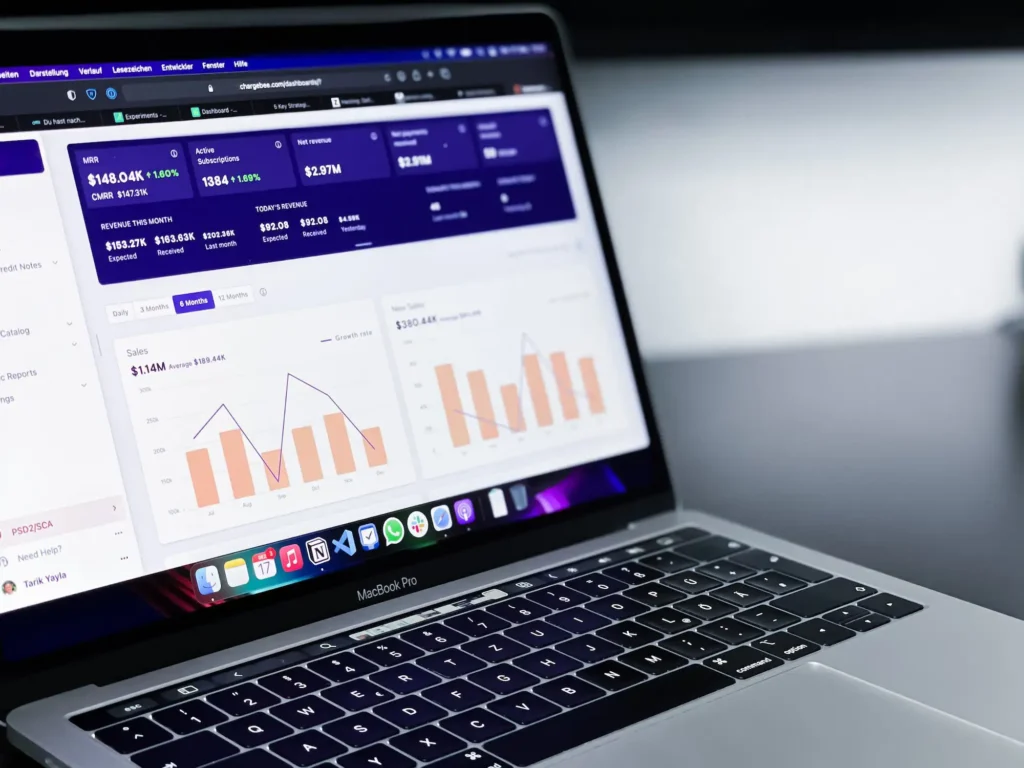Summary
- Retailers often look at business, competitor, or customer data alone, meaning they only get a piece of the story.
- True retail success hinges on integrating these three views to gain a contextualized understanding of performance.
- AI-driven retail technology that connects these metrics provides insights that are market-informed, profit-aware, and customer-centric.
- With connected metrics, retailers can make informed decisions across the product lifecycle, giving them a competitive advantage with a comprehensive, clear view of performance.
Introduction
In retail, you could be looking through the lens of your company, competitor, or customer data at any given moment.
Each of these metrics serves a critical role in determining a successful retail strategy. You need to understand your internal performance, know what the competition is doing, and see how your customers react to both.
However, while each lens is crucial, alone, it doesn’t paint a complete picture.
To truly understand your performance, you need a view that connects all of these metrics in one place.
A Three Lens, Connected View
By utilizing AI-driven retail technology that brings together your internal, market, and customer data, you get a comprehensive, contextual understanding of your business, ensuring all decisions you make are market-informed, profit-aware, and customer-centric.
Market-Informed
Real-time competitor data contextualizes what’s happening in the market. Having this market-informed view helps you gain a competitive edge by benchmarking against your competitors.
With this data alone, you can identify product trends, market movement, and whitespace opportunities. However, you need to link your internal and customer data to fully understand what choices your business can support and what your customers want.
Profit-Aware
In order to maximize revenue and increase profit, you must connect data from your business performance, such as promotional activity, price adjustments, product exposure, and inventory status.
By incorporating this data, you can begin to understand your internal performance, compare it to competitors with market data, and make profit-aware decisions.
Customer-Centric
But, you cannot truly be profitable without understanding customer behavior – and determining who your best customers are.
Adding the customer-centric lens means using customer data to discover who makes you money. This data unveils product preferences, buying patterns, promotional and discount activity, and returns behavior by customer segment.
Only by looking through these three lenses simultaneously can you gain full clarity of your performance.
Valuable Insights for Data-Driven Decisions
The clarity from these three lenses provides the insights you need to make decisions across the product life cycle, from pre-season planning and in-season trading to post-season hindsighting.
Assortment
Identify trends and market movement, structure your assortment, select products, and adjust your range.
Pricing
Build your price architecture, make price adjustments, and optimize your promotional and discounting activity.
Site Merchandising
Benchmark your site against competitors, identify messaging opportunities and cadences, optimize product exposure, and measure impact.
Conclusion
Go from chaos to clarity with EDITED.
Our technology is uniquely positioned to connect competitive data with your company and customer data to ensure every decision is market-informed, profit-aware, and customer-centric.
Schedule a meeting with us and see how EDITED’s connected metrics can provide you with out-of-the-box opportunities today.




